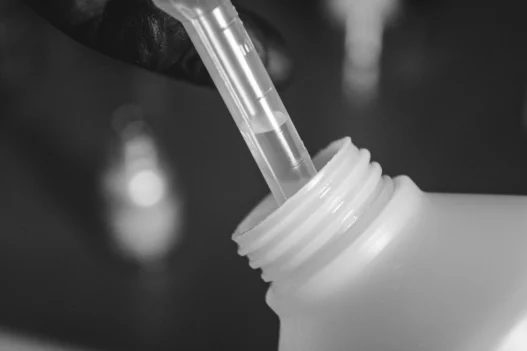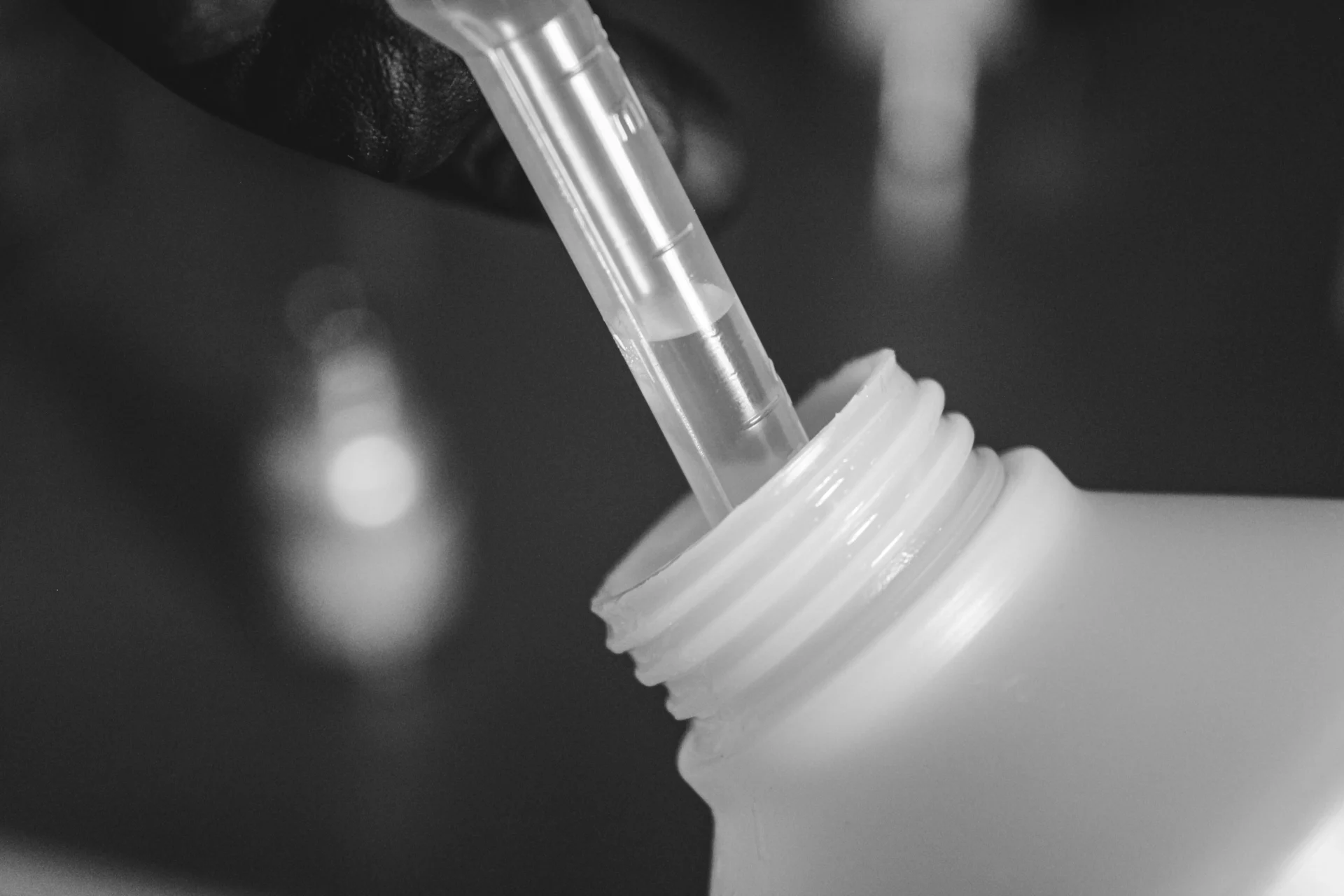Methyl propionate is a chemical compound with various industrial applications. It is commonly used as a flavoring agent in food products, as well as in the production of fragrances and pheromones. Additionally, methyl propionate is utilized in the manufacture of pesticides and other agricultural chemicals. Its versatility and widespread use in various industries make it a significant compound in everyday life, impacting consumers through the products they use and consume.
Table of Contents:
- 💡 Commercial Applications
- ⚗️ Chemical & Physical Properties
- 🏭 Production & Procurement
- ⚠️ Safety Considerations
- 🔬 Potential Research Directions
- 🧪 Related Compounds
💡 Commercial Applications
Methyl propionate, also known as propionic acid methyl ester, is commonly used in the fragrance and flavor industry. Its fruity odor makes it a popular choice for perfumes, colognes, and food products. Additionally, methyl propionate is utilized in the production of various chemicals and pharmaceuticals.
In the industrial sector, methyl propionate is often employed as a solvent for paints, coatings, and adhesives. Its low toxicity and volatility make it a suitable option for these applications. Furthermore, this compound can be utilized as an intermediate in the synthesis of other chemicals such as propionic acid and methylamine.
In terms of drug and medication applications, methyl propionate has been studied for its potential as an antifungal agent. Research has shown that this compound exhibits antifungal properties against various fungal strains. Additionally, methyl propionate may have potential uses in the pharmaceutical industry for the development of new medications targeting fungal infections.
⚗️ Chemical & Physical Properties
Methyl propionate is a colorless liquid with a characteristic fruity odor. It is commonly used in the flavor and fragrance industry due to its pleasant smell.
The molar mass of methyl propionate is approximately 102.13 g/mol, and its density is around 0.916 g/cm3. Compared to common food items like sugar (molar mass of 342.3 g/mol) and water (density of 1 g/cm3), methyl propionate has a lower molar mass and density.
Methyl propionate has a melting point of -75°C and a boiling point of 77°C. This is lower than the melting point of butter (32°C) and the boiling point of water (100°C), making it relatively more volatile than these common food items.
Methyl propionate is slightly soluble in water and has a low viscosity. Compared to sugar (high solubility) and honey (high viscosity), methyl propionate displays moderate solubility and low viscosity in water.
🏭 Production & Procurement
Methyl propionate, also known as methyl propanoate, is a chemical compound with the formula CH3CH2COOCH3. It is commonly produced by an esterification reaction between methanol and propionic acid in the presence of a catalyst such as sulfuric acid.
The production of Methyl propionate typically involves mixing the methanol and propionic acid in a reaction vessel and heating the mixture to facilitate the esterification process. The reaction is allowed to proceed until the desired yield of Methyl propionate is obtained. The final product is then purified and separated from any unreacted starting materials or by-products.
Methyl propionate can be procured from chemical manufacturers or suppliers specializing in ester compounds. It is typically stored in sealed containers to prevent moisture absorption and contamination. The compound is transported in bulk quantities in specialized chemical tanker trucks or in smaller quantities in drums or bottles. Proper labeling and handling procedures must be followed to ensure safe transportation and storage of Methyl propionate.
⚠️ Safety Considerations
Safety considerations for Methyl propionate should be taken seriously due to its potential hazards. The chemical is flammable, and appropriate measures should be taken to prevent fires or explosions. It may also cause skin and eye irritation, so protective equipment such as gloves and goggles should be worn when handling Methyl propionate. In addition, it is important to ensure proper ventilation in areas where the chemical is used to prevent exposure to harmful vapors.
Hazard statements for Methyl propionate include “Highly flammable liquid and vapor,” “Causes skin irritation,” and “Causes serious eye irritation.” These statements serve as warnings about the potential dangers associated with the chemical. It is important to take these hazards into consideration when working with Methyl propionate to minimize the risk of accidents or injuries.
Precautionary statements for Methyl propionate include “Keep away from heat/sparks/open flames/hot surfaces,” “Wear protective gloves/eye protection,” and “Use only outdoors or in a well-ventilated area.” These statements provide guidelines for safely handling Methyl propionate to reduce the risk of harm. It is essential to follow these precautions to ensure the proper handling and storage of the chemical.
🔬 Potential Research Directions
Research on Methyl propionate, a colorless liquid used in the production of perfumes and artificial flavors, may focus on its environmental impact and potential health hazards. Studies could investigate its presence in air, water, and soil, as well as its degradation pathways and impact on ecosystems.
Furthermore, research could explore the synthesis and properties of Methyl propionate derivatives, which may have applications in the pharmaceutical, agricultural, and chemical industries. Investigations into the reactivity of Methyl propionate with various compounds could lead to the development of new materials or processes.
Additionally, studies on the bioavailability and toxicity of Methyl propionate in living organisms could provide valuable insights into its potential risks to human health and the environment. This research may involve testing its effects on different species and evaluating its potential for bioaccumulation in food chains.
🧪 Related Compounds
One similar compound to Methyl propionate is Ethyl acetate, which has the molecular formula C4H8O2. Ethyl acetate is an ester commonly used as a solvent and flavoring agent in various industries. Like Methyl propionate, Ethyl acetate has a fruity odor and is flammable.
Another compound akin to Methyl propionate is Methyl butyrate, with the molecular formula C5H10O2. Methyl butyrate is an ester commonly found in fruits such as apples and strawberries, imparting them with a sweet, fruity aroma. Similar to Methyl propionate, it is used in the food and fragrance industries for its pleasant scent.
Similarly, Isopropyl acetate shares structural similarities with Methyl propionate, having the molecular formula C5H10O2. Isopropyl acetate is commonly used as a solvent in various applications, including paint and coatings. Its fruity odor is reminiscent of both Methyl propionate and Ethyl acetate, making it a popular choice in the manufacturing sector.








